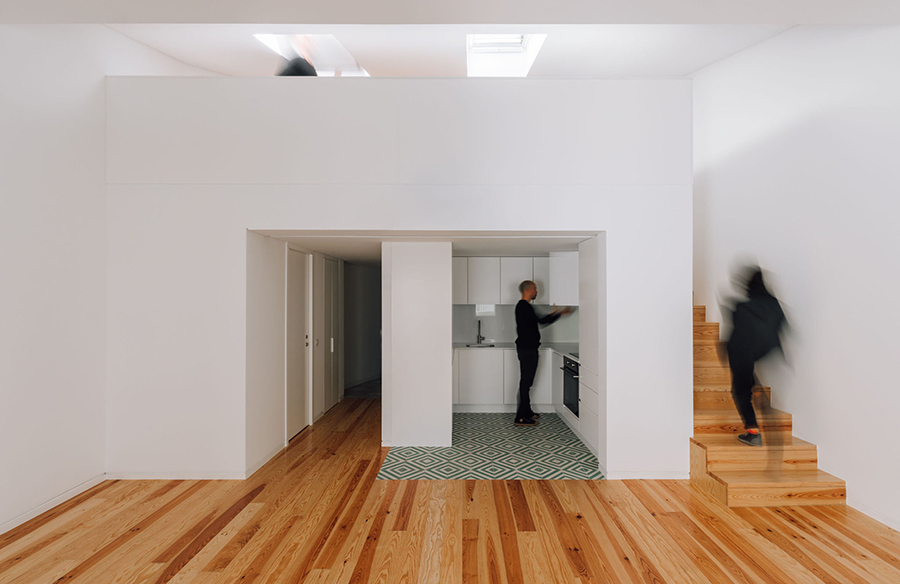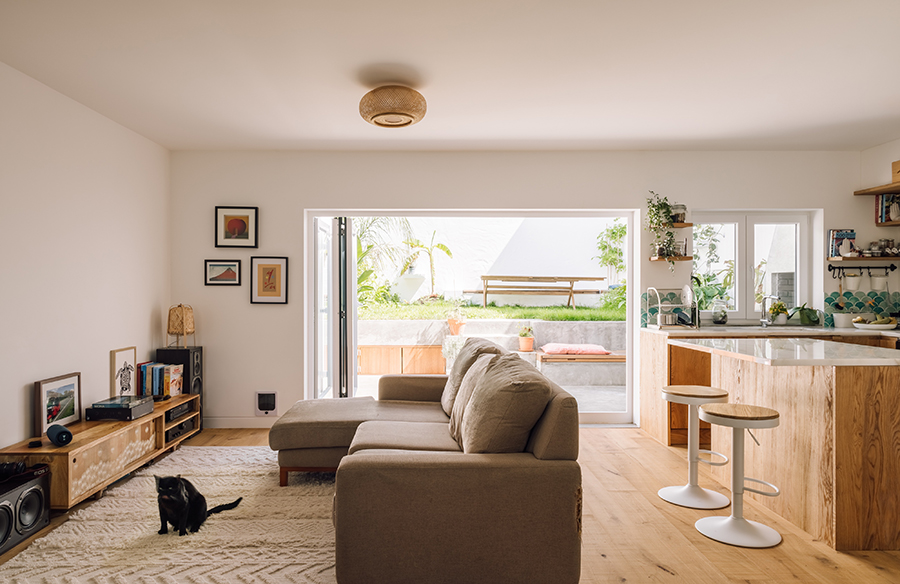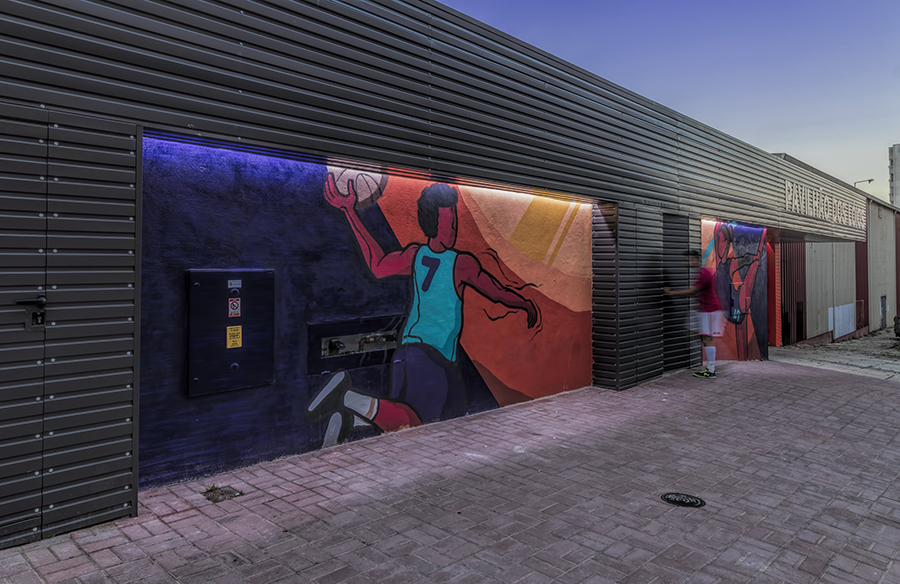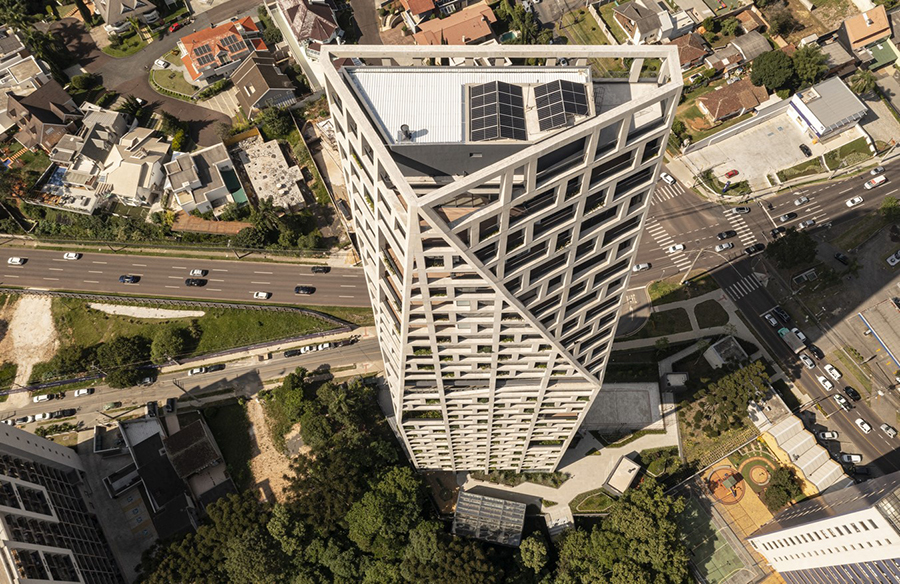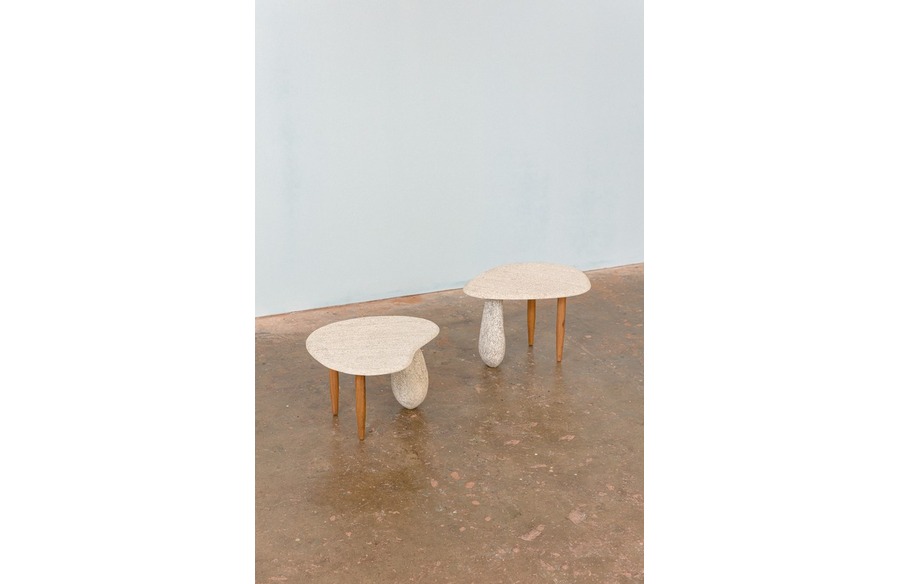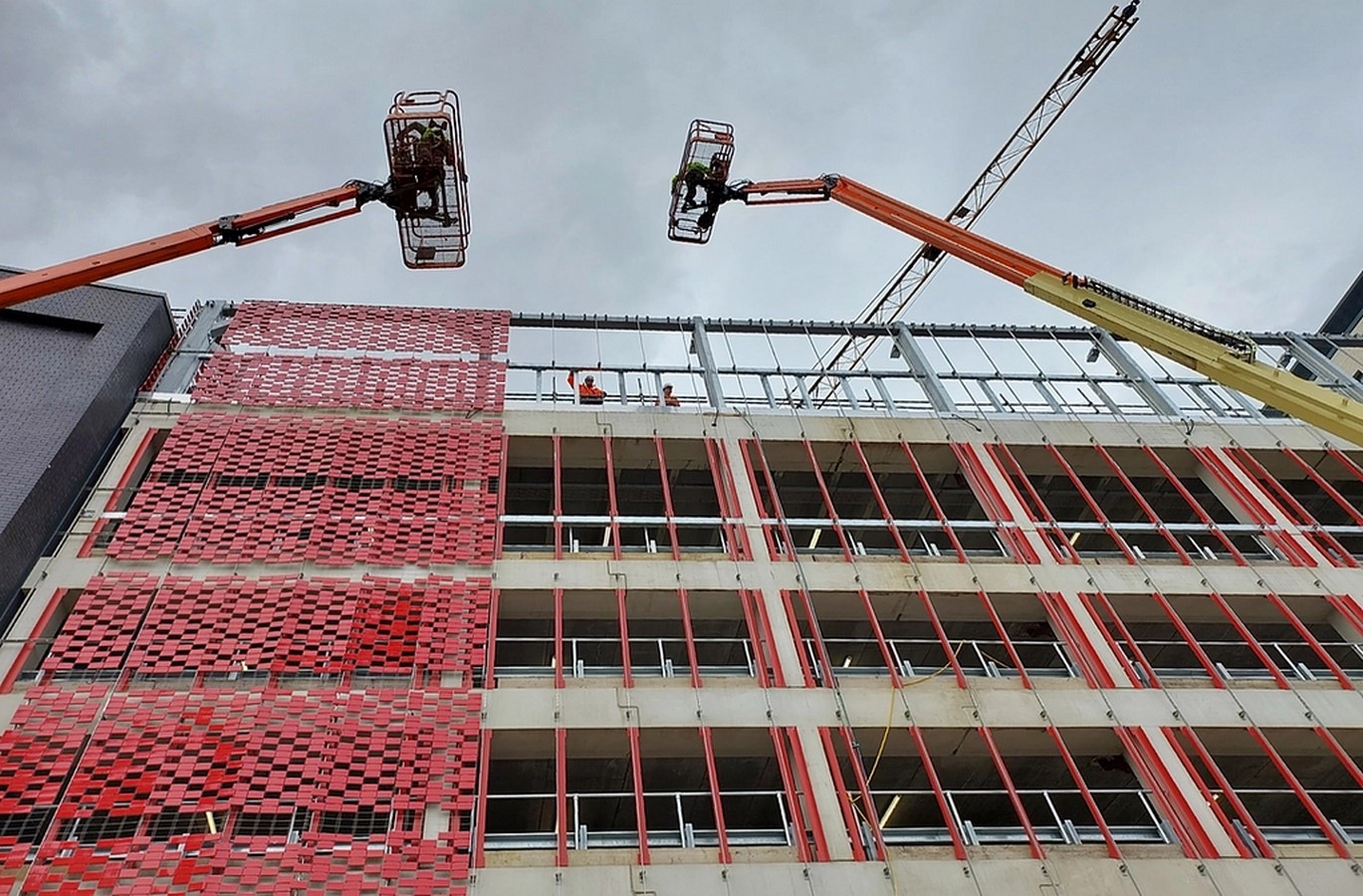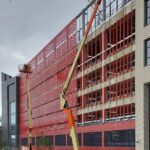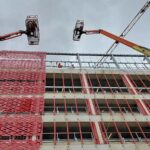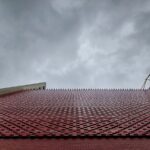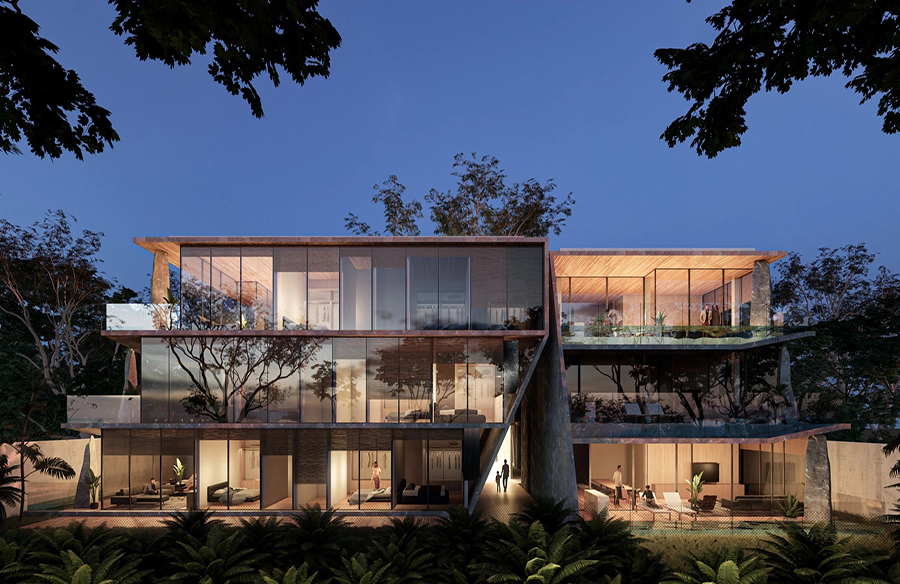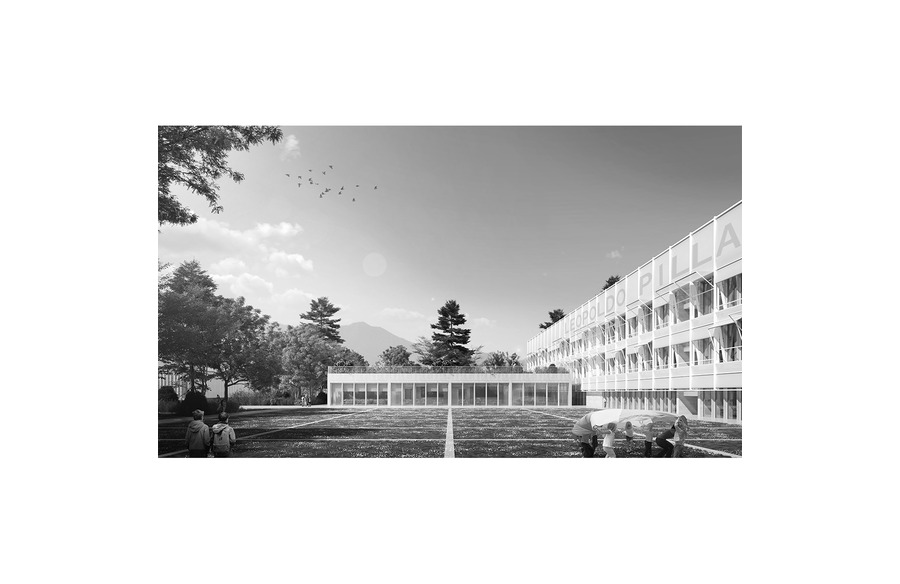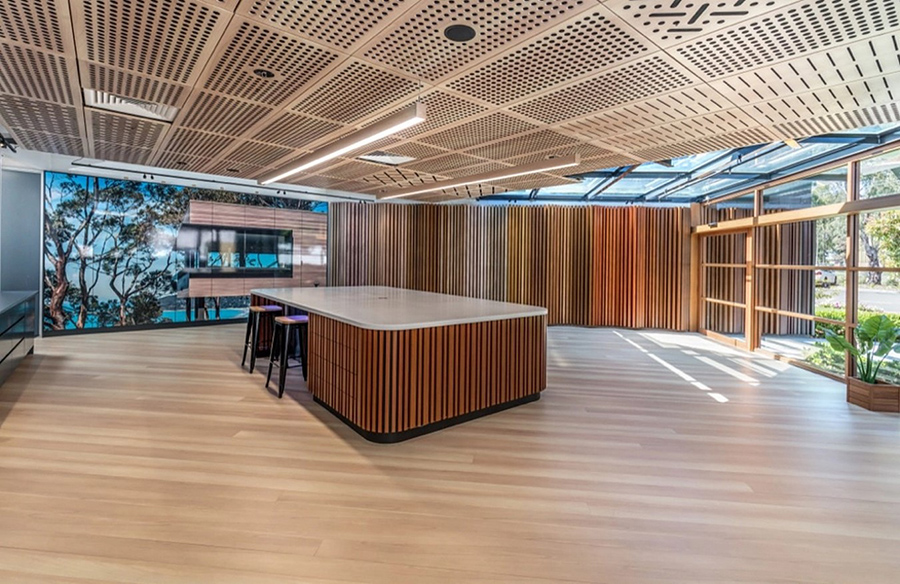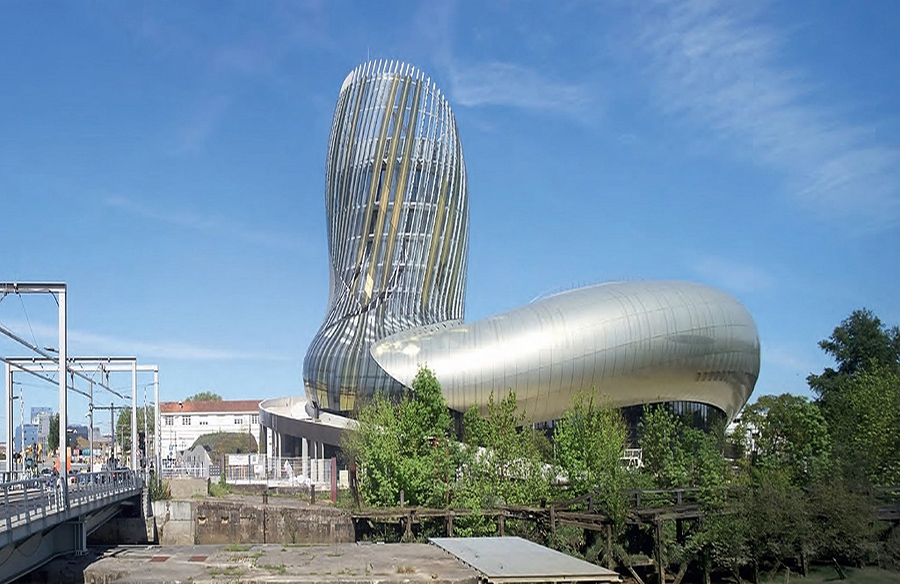Flexbrick Ceramic Curtain System London Island Carpark Project
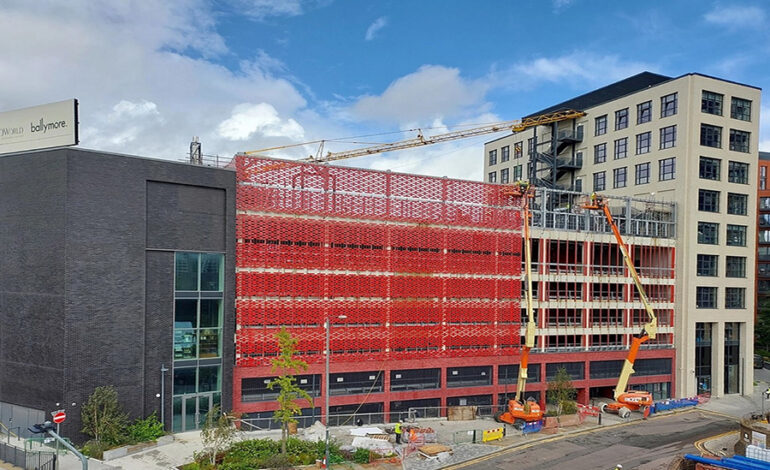
Explore how Flexbrick’s ceramic curtain system transformed the London Island Carpark, offering functionality, aesthetics, and economic advantages.
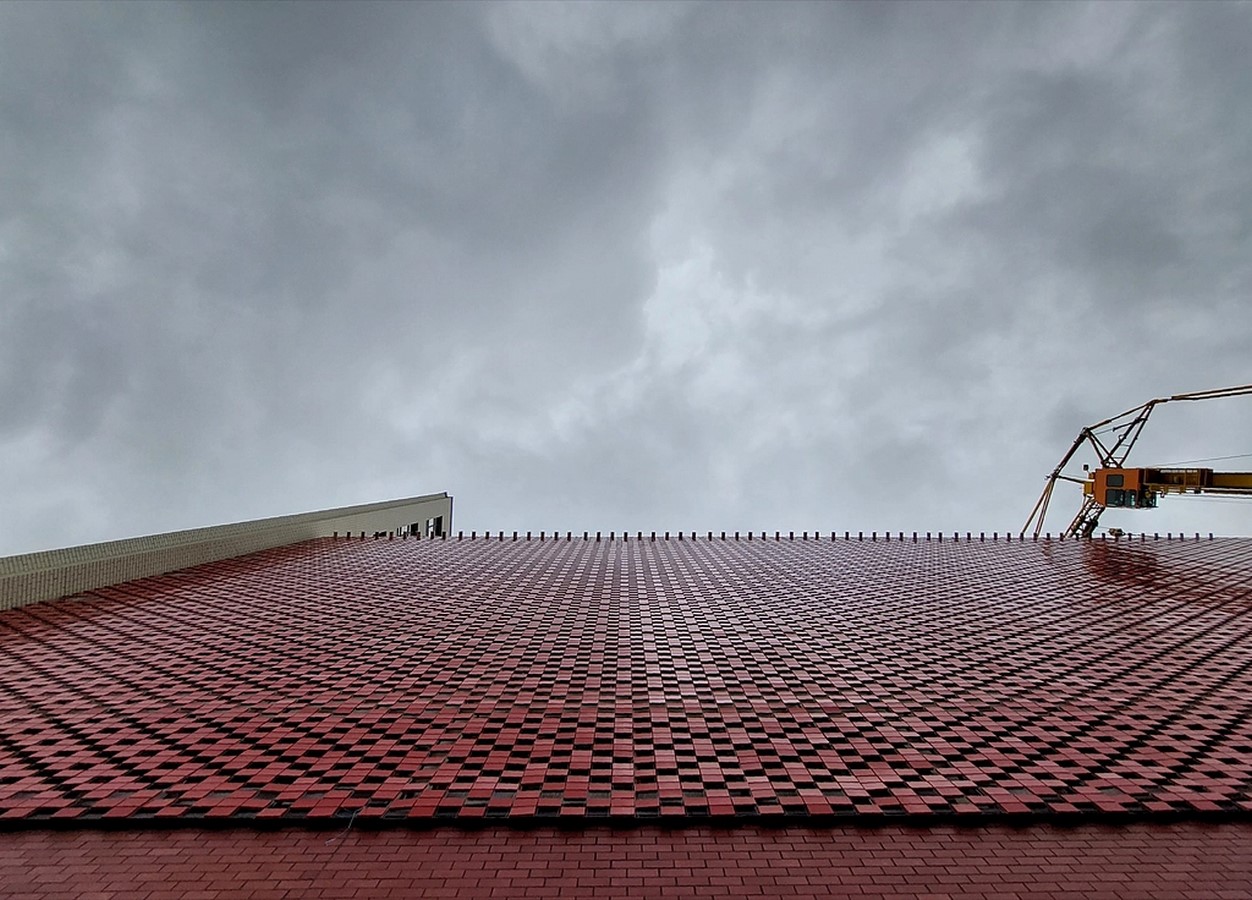
Project Overview
Located in the vibrant development area of London Island near Canary Wharf and The O2 Arena, the London Island Carpark serves as a parking space for visitors, integrated with the London Film School and the London Technology Institute courts above. Glenn Howells Architects chose Flexbrick’s innovative ceramic curtain system to enhance the building’s facade.
Customized Design
Inspired by the high-end red-glazed ceramic treatments in the surrounding buildings, Glenn Howells Architects devised a customized crossed pattern using the Flexbrick curtain system. This design concept resonates with the symbols and identity of London City, adding a unique visual element to the carpark’s exterior.
Functional Advantages
The Flexbrick ceramic curtain system not only contributes to the aesthetic appeal but also offers functional benefits. It allows natural light and ventilation to penetrate the building while providing fireproof, highly durable, and dry-installed sunscreen properties. This dual functionality enhances the building’s energy efficiency and occupant comfort.

Economic Efficiency
One of the key advantages of choosing the Flexbrick system was its economic efficiency. The fast installation process, completed in just a couple of weeks, saved time and labor costs. Additionally, the system’s ability to facilitate natural ventilation reduced the need for extra mechanical ventilation, resulting in long-term operational savings.
Project Details
- Project: London Island Carpark
- Architect: Glenn Howells
- Location: London, UK
- Application: Facade enhancement
In conclusion, the Flexbrick ceramic curtain system at the London Island Carpark project showcases a harmonious blend of functionality, aesthetics, and economic advantages. It exemplifies how innovative building materials can transform urban spaces while meeting practical needs and sustainability goals.
